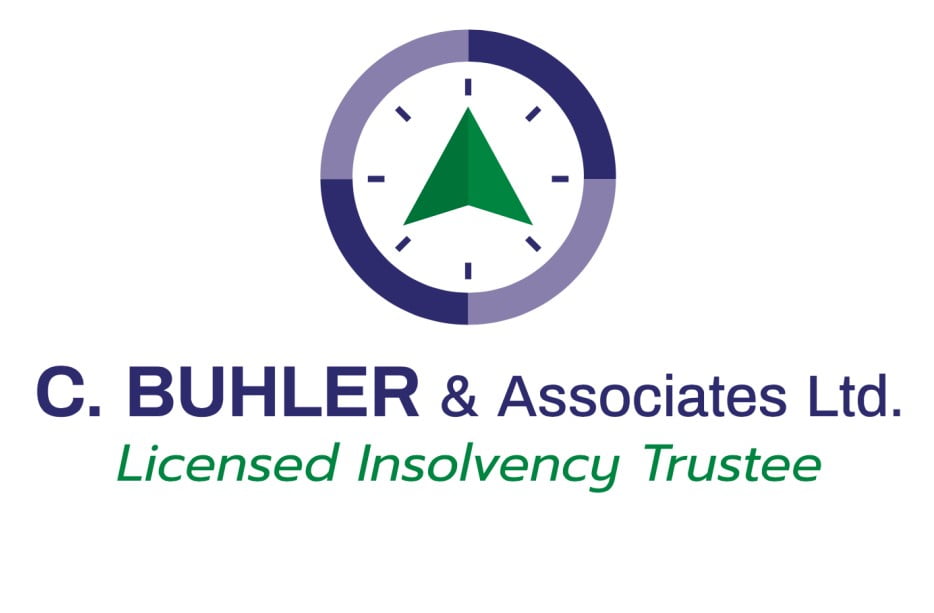The Canada Emergency Business Account (CEBA) loan was a loan created by the Government of Canada to provide businesses with cash flow during COVID-19. The loan had two main benefits for business owners if it was paid back before January 18, 2024:
- It was an interest-free loan
- Forgiveness of a portion of the principal amount (up to 33% of the loan) was available
Initially, the CEBA loan was available for up to $40,000 for small businesses and nonprofits; that number was increased to $60,000 on December 4, 2020. Now that the January 18, 2024, deadline has passed, business owners who have not paid off their CEBA loan are not eligible for loan forgiveness and must make payments at an interest rate of 5% per annum on the balance remaining, with the full principal due on December 31, 2026.
Making plans to pay back your CEBA loan is part of a responsible financial plan. Here’s how you can pay back your CEBA loan as soon as possible:
I. Assessing Your Financial Situation
By paying off your CEBA loan as quickly as possible, you will avoid paying more interest than necessary. Begin by assessing your financial situation and evaluating your business cash flow. A proper estimate of cash flow accounts for cash coming into your business and cash leaving your business to pay off debts and other expenses.
Payments on your CEBA loan, and any other debt is, part of a proper cash flow plan. Typically, you’ll want to structure payments to creditors in a manner that allows you to:
- Reduce high-interest debts first; and
- Keep vendors, suppliers, and other stakeholders happy, including yourself.
Due to the current Bank of Canada Prime rate, the CEBA loan has a lower interest rate than some loans—though it’s important to pay it off as quickly as possible, you should consider prioritizing higher-interest loans if you can, and pay them off relatively quickly. Additionally, it’s always important to prioritize debt that could put your ability to offer products or services at risk if they’re not repaid.
II. Creating a Repayment Plan
The deadline for the forgivable portion of the CEBA loan was January 18, 2024. There is, however, an exception to this rule: If a business was actively attempting to refinance the loan at January 18, 2024, and the lender had not yet provided a decision on the refinance by the January 18 deadline, an extension of the forgivable portion of the loan may be granted up to March 28, 2024.
If you aren’t able to refinance your CEBA loan with another institution, it’s up to you to meet the interest payments, which have already started, and to pay off your CEBA loan before the December 31, 2026, repayment deadline—the deadline at which outstanding principal repayment is due. To do this, create a repayment plan including the CEBA loan, and all of your other debts, keeping in mind any repayment deadlines. Your goal should, ideally, involve paying off the CEBA loan well before this date to reduce the cost of interest.
Realistically, most business loans will have a higher interest rate than CEBA loans do, so refinancing will generally lead to higher interest payments. As such, while CEBA loan repayment should be prioritized before December 31, 2026, it’s likely that many small business owners will have other, higher-priority loans to focus on.
III. Making CEBA Loan Payments
The process of repaying your CEBA loan will vary depending on the financial institution that you obtained your loan from. Talk to your lender about the various ways that you can make payments to pay back the outstanding balance of your loan; the repayment options for CEBA loans vary for different financial institutions. When possible, make lump-sum payments, or pre-payments, to reduce the overall cost.
IV. Seeking Professional Advice
Paying off debt can be daunting—if you don’t have the right financial plan in place, it can seem downright impossible. There are a number of different options available to help you pay off your debts, including your CEBA loan.
One option is to speak to a licensed insolvency trustee. Licensed insolvency trustees can help you create a financial plan to get out of debt; they can also point you to numerous different resources that can be used for debt relief. They offer credit counselling, debt consolidation, and other options.
Crucially, licensed insolvency trustees can offer options that no other profession can, including consumer proposals and filing for bankruptcy. These options, especially bankruptcy, are typically last resort options—a licensed insolvency trustee will help you determine whether or not they’re viable for you and your business, or if there’s a better option. There’s never any obligation when you work together with a licensed insolvency trustee – they are your trusted guide to determine the best financial option for you.
V. Tips for Successful Loan Repayment
We’ve already covered many of the most important tips for repaying your CEBA loan—and any other loans you may have. Here’s a review (along with a few other tips):
- Take a holistic view of your finances. Prioritize your most pressing debts, including high-interest debts and particularly important debts.
- Consider your cash flow and budget accordingly, creating a timetable to pay off all your debts over time. You’ll want to avoid heavily reinvesting in your business at this time—the interest rates on debts can be debilitating over time.
- Talk to an expert, like a licensed insolvency trustee, about your financial situation. Consider your cash flow, assets, liabilities, and other factors and talk openly about them together.
- Take a look at your options—they may include loan consolidation, consumer proposals, careful budgeting, and other options.
VI. Conclusion
The CEBA loan must be paid back, and the deadline for partial loan forgiveness has passed. Full repayment of your CEBA loan must be made on or before December 31, 2026—ideally, business owners should seek to pay them back long before that to avoid incurring too much interest.
Depending on your financial institution, there may be many ways to pay a CEBA loan back, from using online banking to meeting with a financial advisor at the bank; your options may vary significantly from institution to institution.
No matter what mechanisms are available to pay your CEBA loan balance, you should consider prioritizing high-interest loans, loans with high importance, and loans that are due before December 31, 2026, when creating a repayment schedule and plan.
The Government of Canada has already announced it will not be extending the CEBA program repayment date further; you should consider December 31, 2026, to be the last possible repayment date. Worried about budgeting to repay the loan? Our licensed insolvency trustee and team of debt professionals can help.





